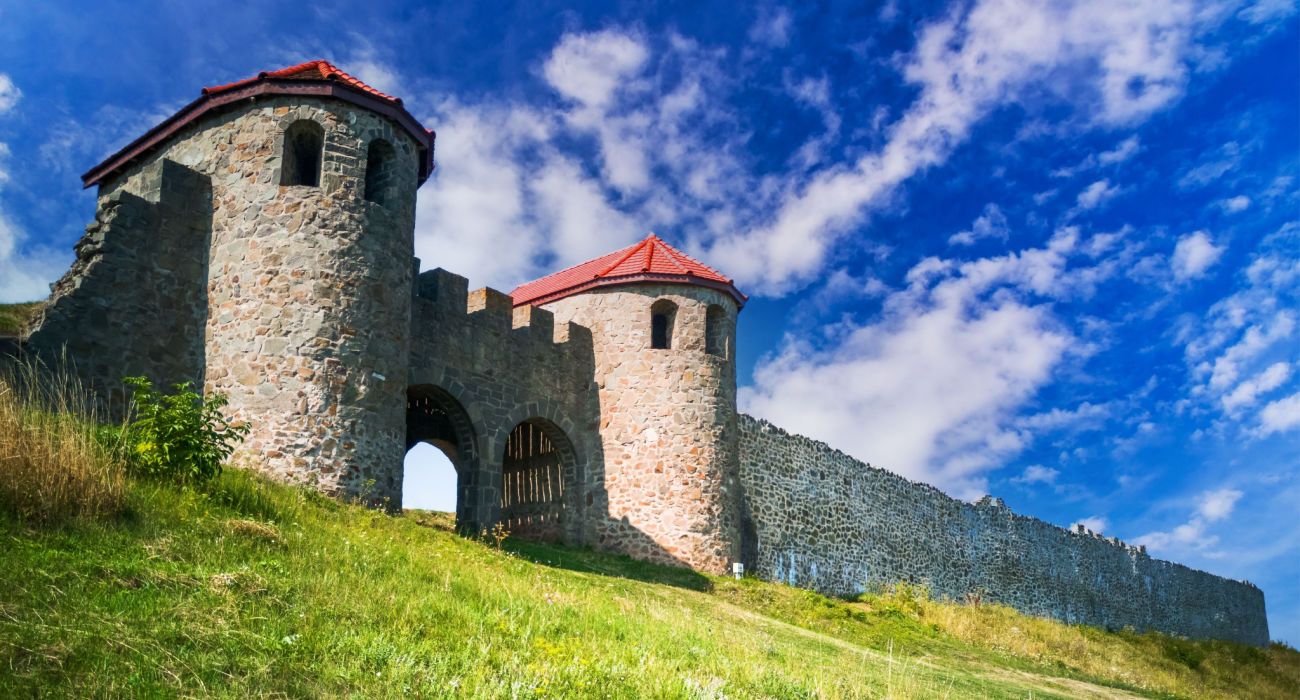Quick Links
Romania is famous for Transylvania and its "Dracula" castles. But it is much more than that. For over a century and a half, it was a wealthy province of the Roman Empire, and the country still has many of the Roman ruins of the time. At its peak, the frontiers of the Roman Empire stretched all the way from deep in Scotland to Saudi Arabia and even Iran.
Romania is a stunning country in Europe; it is home to majestic castles like Bran Castle perched on the foothills of the Carpathian Mountains. The country boasts a long history, and the Roman Empire forms a very important part of it. Next time in Romania, take the time to see its old Roman ruins.
History Of The Roman Empire In Roman Dacia
In Roman times, much of what is today Romania was called Dacia ("Romania" actually comes from the word "Roman"). It was called Roan Dacia and was a province of the massive Roman Empire from 106 AD to 271-275 AD. It was Emperor Trajan who conquered the Dacian Kingdom of Decebalus (or at least most of it, some of the fallen kingdom managed to remain free).
- Roman Rule: From 106 AD to 271 or 275 AD
For most of Roman history, the Danube formed the border of the empire, but with the annexation of Dacia, Rome extended north of the Danube for a time. The raids from the free Dacians and other groups made the province difficult for the Romans to hold. It reminds one of how the Romans had to build Hadrian's wall to protect Roman Britain from the raids from Scotland.
Eventually, the Romans under Aurelian decided to leave the province entirely and withdrew in 271 or 275 AD ending almost 170 years of Roman rule. During that time, the population was heavily Romanized, with the population speaking Latin. Today Romania is the only country in the region that speaks a Romance language (like Spain and Italian).
Porolissum Fortress - One Of The Largest Best Preserved Roman Forts In Romania
One of the best preserved Roman forts (called "Castrum") in Romania today is the Porolissum Fortress. It is also one of the largest in the country. It is located at an altitude of 504 meters (or 1,650 feet) and was the size of 10 football courts.
- Fun Fact: Roman Forts "Castra" Often Grew Into Cities; the Word Is Seen In English Names of Cites Like Chester, Manchester, and Gloucester (Also the origin of "Castle")
Porolissum was an old Roman City that was used as a military camp from 106. It went on to become the capital of the Dacia Porolissensis province. At first, the fort was built of wood and stone and could house almost 5,000 soldiers - later, it was enlarged and rebuilt with stone.
- Capacity: Originally, 5,000 Soldiers
Since excavations started in 1970, remains of public baths, a temple, an amphitheater, and other things have been discovered there.
The majority of the population left in around 271 AD as the Romans evacuated Dacia. Today visitors can see one of the city gates = the Praetoria Gate is in excellent condition and still has two circular towers. Visitors can also see the many ruins of the old fort and traces of the colossal Porolissum Amphitheatre.
Every year, the Roman Festival of Porolissum is held there and showcases wrestling demonstrations, food tasting (in the Romanian tradition), and more.
Other Ancient Roman Ruins In Romania
Visitors to Romania should not expect the impressive Roman ruins they may be used to in Italy, Turkey, or southern France. The Romans left Romania relatively early.
- Callatis: An Ancient Greek Colony On The Romanian Black Sea Coast - It Is Home To A Number of Roman Ruins
- Capidava: Another Romanian Fort On The Banks Of The Danube
- Sarmizegetusa Regia: Was the Ancient Capital Of Dacia Before The Romans Took It; it Was the Military, Religious, and Political Center of the Dacians.
- Ulpia Traiana Augusta Dacica Sarmizegetusa: The Capital Of Roman Dacia, It Was Settled by Veterans of the Dacian Wars; it had A Population of 20-25,000 Residents
- Trajan's Bridge: Now Mostly Gone, The Bridge Stood As A Marvel Of Roman Engineering. It Was Built in 105 AD So that The Romans Could Invade Dacia
There are plenty more Roman ruins to discover - and lots of castles from the Middle Ages in Romania.

